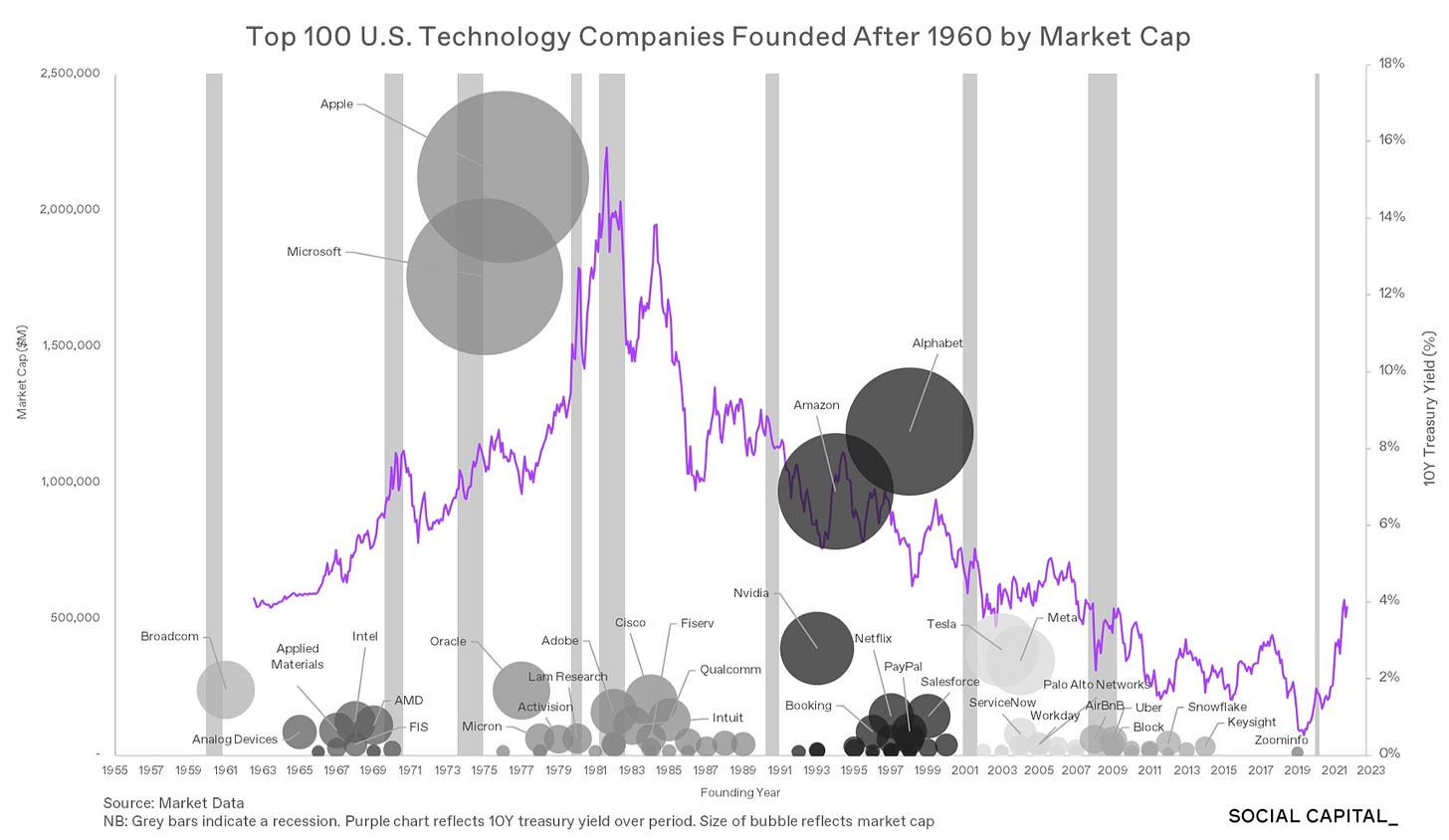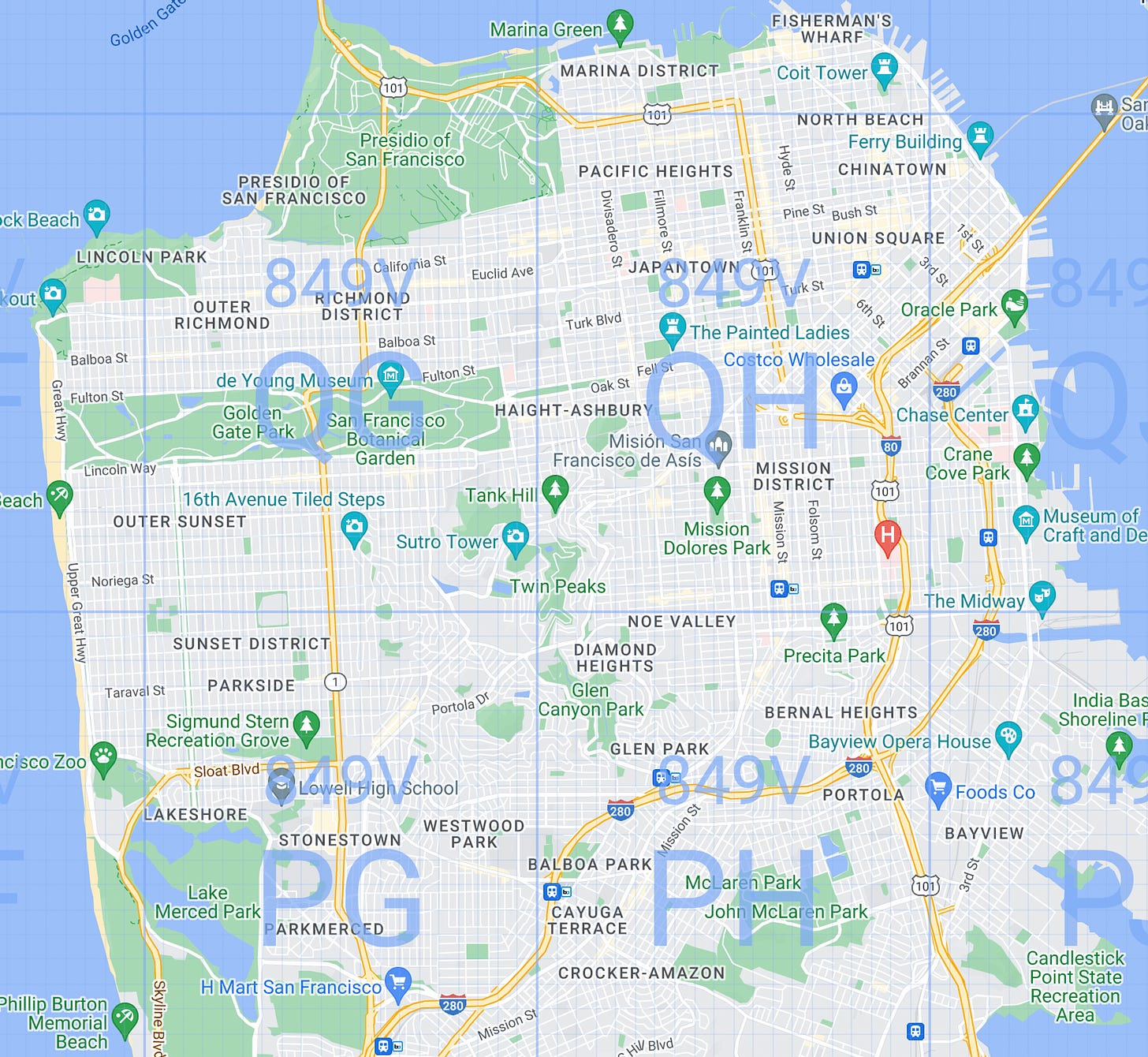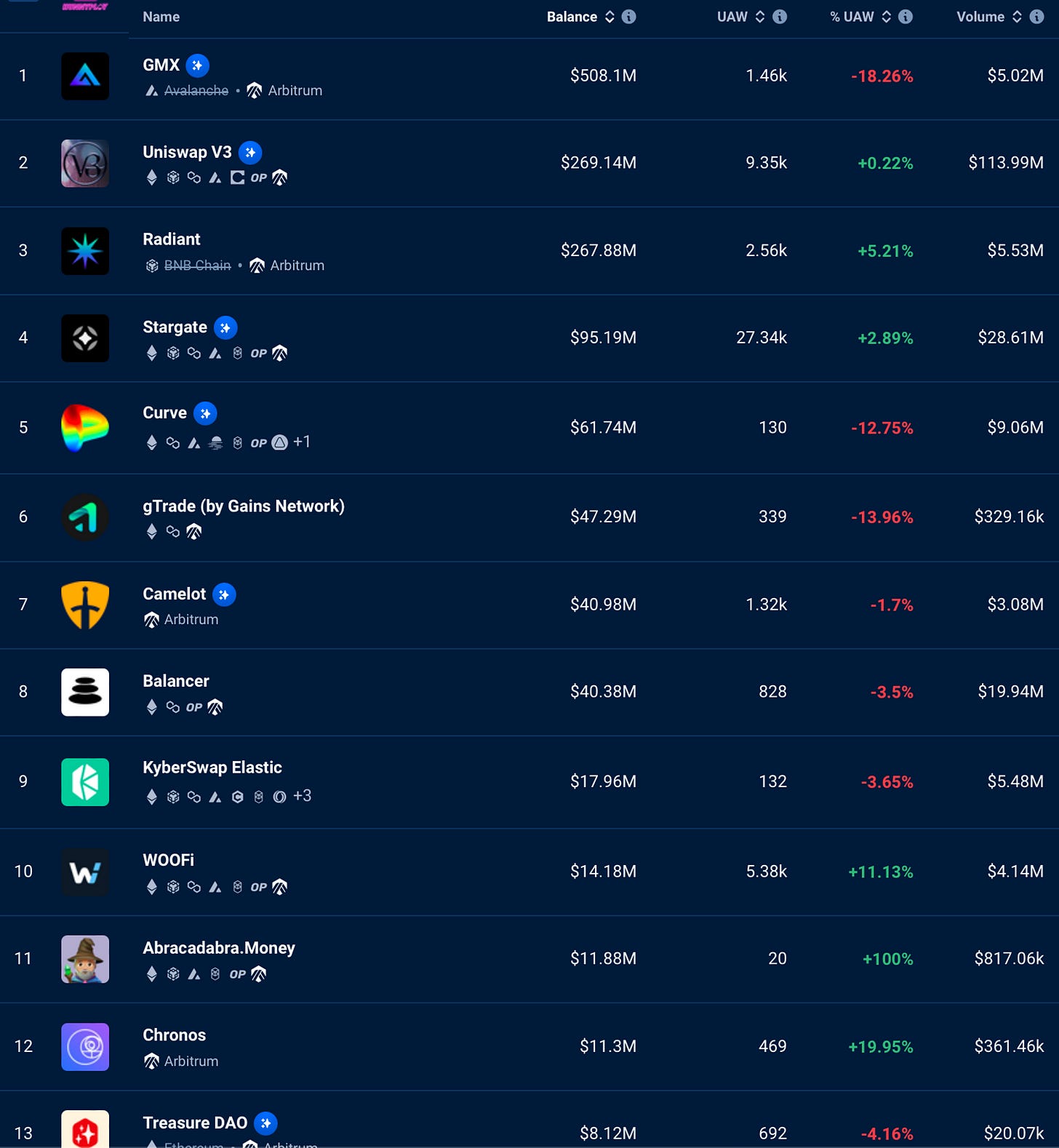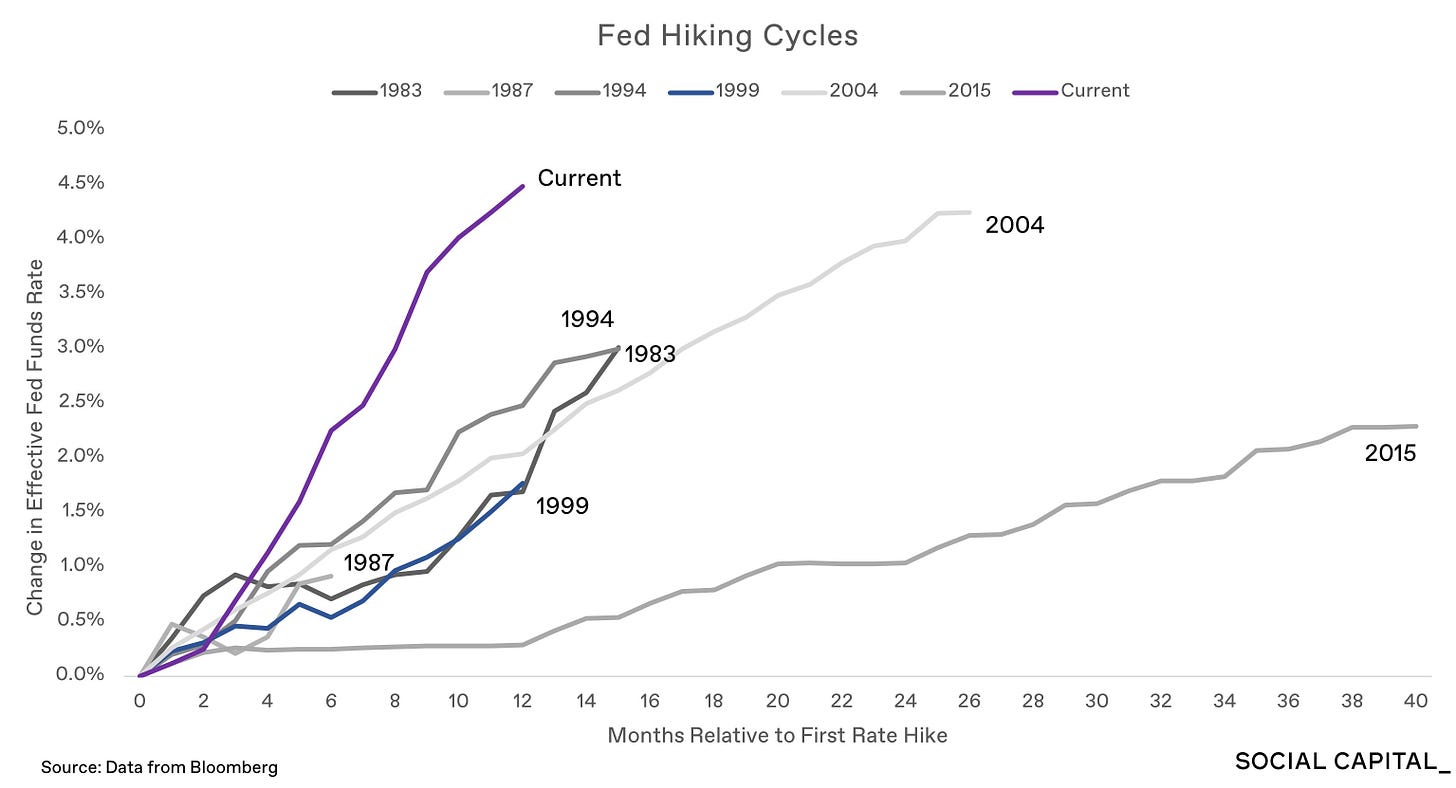🧚♀️ Radically Fair Economy for YOUR 1.country 1️⃣🥇☝️💯
Why creating a (digital) country among your community? Because you can spend time together to create lasting wealth and meaningful moments. How can its economy be radically fair and forever sustainable? Let’s find out with our 1.country initiatives below.
ONLY blockchains enable anyone create a country within seconds – from initial funding to vesting schedule, from social wallets to soulbond cards, AND from quadratic votes to multisig custody. BUT do any of these tokens, collectibles or governance last?
We are founders and builders in crypto – let’s go beyond sybil airdrops, yield farms, wash trades, offchain swaps, volume ranks, grant incentives, bot attacks… We must keep creating value and scaling trust beyond a few thousand pioneers.
How can an open platform be useful for the ONE thousand founders of a country and their million fellows with crypto(graphy)? Enacting tokens as the constitutional laws on smart contracts, and directing tax towards common goods with broad consensus, but allowing time for all to harvest the fruits. So what are the problems?
TOKENS. Only 1% people have financial access to create wealth – fewer still have the right tools.
TAX. Social systems must sustain development, operations and, worse yet, 10-sigma disruptions.
TIME. A country means 100+ years of culture, outlasting any single human but continuing with the same stories.
Harmony’s mission is “To Scale Trust and Create a Radically Fair Economy”. That means building a decentralized, scalable and secure blockchain to settle any transactions without trusted parties. Here, fairness in radical markets promises everyone opportunity for creating meaningful wealth.
Scale Trust: A blockchain decentralizes coordination among global communities – by enforcing contracts without trusting third parties or prior rules.
Radically Fair: A blockchain is fair if everyone has, if not fully equal chance and rewards, meaningful participation against the power of cumulative wealth.
Create an Economy: A blockchain, as a marketplace full of incentives, allows anyone to create tokens, secure transactions between parties, and accrue values from serving utility.
Here, with 1.country, we focus on creating cooperation for global communities and scaling their digital economies.
👨👩👧👦 YOUR 1.country in Harmony
To re-build the Search Web1 (Google) era of 1990s, our blockchain platform Harmony provides top domains, secure certificates, email aliases, Notion websites – but now with onchain stack.
To re-connect the Social Web2 (Facebook) era of 2000s, Harmony curates social profiles, forum content, community points, Substack newsletters – but centered around your identity.
To re-generate the Open Web3 (Ethereum) era of 2010s, Harmony is a network of value, permissionless finance, forkable protocols – but with consensus of people.
To re-born the Deus Web∞ (1.country) era of 2020s, Harmony makes Telegram bots of artifical intelligence, generative agents, learning minds – finally as Homo Deus making gods.

Quadratic Roots √ and Plural Ideals 💯
In ring theory, a branch of abstract algebra in mathematics, the radical of an ideal of a commutative ring if and only if some powers of its elements are in the ideal.
In linguistics, a root or radical is the form of a word after any prefixes and suffixes are removed.
Harmony is developing a maketplace, called RADICAL, specialized for domain names as nonfungible tokens (NFT). First examples are Web2 Internet domains like .com and .xyz.
Second are Web3 crypto names like Ethereum Name Services or ENS for .eth, Unstoppable Domains or UD for .x, as well as ONE Names or 1N for .1.
Third are Web2+Web3 native NFT under Top-Level Domain (TLD) .country such as harmony.country + harmony.1 – or even 🏵️.country + 🏵️.1.
These NFT are abstract for many applications to interpret and interoperate. More examples: Nouns on concept words, Loot on adventure items, emojis, timeslots, and locations like latitude + longitude numbers.
See RadicalXchange’s Plural Voting, and Glen Weyl’s Plural Technology Collaboratory at Microsoft.
Proof of participation: systems that attest to the fact that some account corresponds to a person that has participated in some event, passed some educational training, or performed some useful work in the ecosystem... bootstrapping the system with a hand-picked choice of 10-100 early contributors, and then decentralizing over time as the selected participants of round N determine participation criteria for round N+1... allows participants to credibly signal how strongly they care about an issue, as well as how strongly they care about the ecosystem. Gitcoin quadratic funding is a form of quadratic voting, and quadratic voting DAOs are being built. (Vitalik Buterin's Beyond Coin Voting)

The initial use case of Ethereum was crowdfunding whether it be the original DAO or initial coin offerings…. the ability for strangers on the internet to come together to fund a campaign, whether through a DAO, smart contract, company, or NFT. Mirror has further enabled this behavior via its variety of crowdfunding mechanisms [Dutch auctions account for 25% of the total ETH fundraising contributions], and it will likely continue to serve as an important aspect of funding niche or large projects for creators and communities.
The content platforms of tomorrow will not only be user-owned and operated, but they will also enable new user behavior such as spinning up DAOs based on niche communities, supporting creators directly via NFTs, and new business models based on cryptoeconomic primitives (e.g., programmable royalties, Mirror NFT splits, etc.) – Messari on Writing NFT (10.1K ETH raised, 16.8K sponsors, 624 writers)
🚀 Radical Markets, Sustainable Fees

How to sustain an economy of nonfungible resources such as land assets, domain names, or social ranks? What are the optimal parameters with demand-based recurring fees or single land value tax as radical solutions? Can price, tax and rent be FAIR to all 3-body of owner, renter and stakers?
NFT with merchandises, and onchain board games with lands.
Let’s explore Vitalik Buterin’s fee proposal on Ethereum Name Service (ENS), Lars Doucet’s tax proposal on game lands (Land Is a Big Deal!), and Will’s onchain proposal on 18xx board games.
For a sustainable economy of nonfungibles (like lands or names):
Quadratic Tax: nonlinear contributions by 3-dimensional distance.
Radical Rent: liquid ownership with a shared pool for development.
Fair Price: demand-based recurring fees, monthly not yearly or forever.
Soulbound Identity: nontransferrable but revocable, community-based.
while following these Principles of 1.country:
TIME vs entropy: Force engagement via seasonal changes or elections; drive volume via capped the spending period of budgets.
SPACE vs cold start: Bootstrap ecosystem via hyperlocal development; break through saturation via hierarchical economics.
SOCIAL vs centralization: intensify people’s preferences in collective decisions; reduce tyranny-of-the-majority and factional control problems.

Apply exponential decays (hence quadratic) and hierarchical structures (hence 3-dimensional) on the tax amounts by lexicographical distance: paying the square root √n of the price n in 3 dimenions: its preceding $x_-$ and following $x_+$; its prefix name $x^-$; and, its supfix $x^-_-$. For example, if the price of “foo.bar.1” is n = 16, then paying √n = 4 to its preceding “fop.bar.1”, following “for.bar.1”, prefix “fo.bar.1”, and supfix “bar.1” (as in alphabets …, r, o, p, …).
Use emoji ordering; for example, 😅🤣😂 with 😃 as prefix.
For locations, use encodings such as Quad Prefix Tree or Plus Codes. For example, San Francisco is QH84+9V (or, simply, qh849v), its Mission District is QH7H+5M, and its Atlas Cafe is QH5Q+HC.
More in our research notes on “Soulbound but FAIR price? Radical Rent & Quadratic Tax”.
Common Ownership Self-Assessed Tax (COST) is a new property system, in which every citizen and especially corporation would self-assess the value of assets they possess, pay a roughly 7% tax on these values and be required to sell the assets to anyone willing to purchase them at this self-assessed price (no speculation, no auction nor overbid).
This tax would raise enough revenue to eliminate other taxes on capital (such as on inheritance, corporations, capital gains, property and so forth) significantly reduce income taxes and pay down much of public debt, while at the same time funding a large social dividend or funding critical public infrastructure. Beyond these economic benefits, a COST would create a healthier relationship to property, teaching us to detach from our material possessions and stop trying to exploit one another in commercial transactions, instead seeking to increase the value of common wealth and strengthening the bonds of community.
All major private wealth (every factory, patent or plot of land) would be constantly for sale at a fair price and most of the value of these properties would be paid out equally to all citizens as a social dividend. With most value of assets accruing to the public, every asset would become cheaper to (partially) own, democratizing the control of assets and offering everyone new opportunities to start businesses or households." – Plural Property (RadicalXchange)
Our governance campaign Create Wealth in Harmony covers DAOs and cross-chain Web3. We aim for open governance and vibrant participation of our ecosystem. Toward radical transparency, we aim to disclose the funding and the deliverables of the projects as much as possible. Our site tracks our grants for project launches, marketing campaigns for porting Ethereum applications, or our joint efforts with other fellow DAOs.
Even more radically, Harmony aims to do business development in the open. The site shows partners and fellows we are engaging in the last or coming few weeks. That is, "In Handshake & Embrace" – like Harmony's logo. We target partners with engaged users, productive assets, or aligned potential together. We standardize the impact metrics as goals, negotiate in our public forum, use long-form writing instead of Zoom calls... truly getting ready for the DAO-to-DAO economy.
Our collectible campaign Blue to Fly – Change is Invincible covers community NFT & social tokens. We drive radical social change, that is metamorphosis: “In life, there will be struggles; there will be pain. Just know that when you’re going through it, you’re building the strength to fly.”
There we have picked our onchain identity: blue fur 🦋 – empathy on sleeve & metamorphosis; angry eyes ❤️🔥 – radical social change & fairness; jovial mouth 👨👩👧👦 – jazz & singing in perfect harmony; and, spinner hat 🌊 – day one & yearning at Google TGI.
🏴☠️ Open Treasury, Community Wealth
NFT mints, Fiat buys, New users. To thrive as a platform, we must achieve 20% monthly growth per Market-Product-Team Fit. Our theses are:
NFT Mints. Primary sales of tokens are the most disruptive use case of blockchains. These sales as fundraising are also the most critical driving force of a new market. For examples, network tokens for funding protocols in 2017 and 2018, governance tokens for decentralized finance in 2020, non-fungible tokens for community engagements in 2021, and land tokens for Metaverse games in early 2022. We claim that NFT mints for artists, musicians, writers, athletes and performers will soon dominate the Web3 market as the creator economy. These mints are mostly intended for true fans to be funding creators with social collectibles rather than for secondary sales or speculative investments.
Fiat Buys. An ecosystem grows by inflow of assets and by layering of services. For example, NBA Top Shot basketball NFT purchases were through credit cards, and exchanges heavily promote recurring buys through small but regular bank withdrawals. Users must deal with fiat gateways, bank limits, regional restrictions… as well as wallet custody and security. Native Web3 products, however, must use tokens as utility and incentives. Users must also deal with stablecoins, token conversions, bridging assets across networks… as well as treasury dashboard and portfolio management. We claim that solving these challenges for fiat buys and token management will be our most critical customer service.
New Users. Anyone can participate in the Web3 economy but only tens of millions users so far. Hundreds of millions are creating content, commerce, games from the support of merely a thousand of true fans each. In contrast, tractions on decentralized finance and profile-picture NFT are mostly limited to crypto natives or influencers. We claim that, by onboarding a creator via new campaigns, many of their community will be joining our platform. For fast iteration, our focus should be creators with monthly production and consumers with weekly engagement – such as musicians on iterative mixes or writers on regular newsletters.
NounsDAO – Noun Nyms
Summary: $160k to make zk-pseudonyms available to every nouner and a platform for those pseudonyms to have threaded conversation. Based on the belief that there is value in allowing controversial opinions to surface, this proposal takes heyanoun.xyz closer to pseudonymity's ideal final form. Cool stuff and early to the anon convo.
🎁 Nouns DAO does a continuous NFT auction rather than a one time ERC-20 token distribution… Overall, properly tackling the problems of diversification and liquidity provisioning will give mission driven DAOs longer runways, allowing them to one day even compete with corporations. (DAO Research Collective’s Treasury Management)
📈 Nouns has made it easy for teams to fork and adopt their daily auction model with the release of Nouns Builder. So far, 66 NFT projects have been created using Nouns Builder, approximately 2-5 projects per week. This model is particularly suitable for DAOs and decentralized projects that prioritize the quality of community and are willing to grow at a slower pace. We expect that more decentralized teams will use the Nouns auction model in the coming months. (Delphi Digital’s Hyperscaling Treasury and tweet)🏴☠️ Treasure DAO is a GameFi ecosystem on Arbitrum that’s recently garnered a huge amount of attention. It began as a simple Loot derivative in Sept. 2021. Treasure DAO has risen from the ground-up through a community-driven, open development approach... It is an evolving experiment in composability, where NFTs can be used in multiple universes, having varying utility in each of them . This espouses the principles that propelled Loot Project into the limelight last year… In Gen-1, your characters can quest and collect loot through dungeons and raids which will rotate weekly. Every week, there will be ~75,886 MAGIC allocated to Magic Pouches that can be earned through these dungeons and raids. (Delphi Digital’s Hunting for Treasures on Arbitrum)
Web3 = Social + Cryptographic
Which apps satisfy these Web3 critieria? Decentralized on open blockchains, financialized with staked tokens, nonfungible with soulbound collectibles, social with seasonal humans, and cryptographic with zero-knowledge proofs.
Decentralized (Blockchains)
Open: Any 100+ people can run any actions (submit, execute, verify, settle).
Free: Any can fork or compose its values (patents, codes, assets, deploys).
Safe: Any can dispute for valid transactions against 1-second finality.
Financialized (Tokens)
Swap: Trade with any assets at a liquid price below 1% fees.
Stake: Lend assets for any time periods above 5% fixed rate.
Bridge: Cross assets with 10 ecosystems at 3% take rate.
Nonfungible (Collectibles)
Name: Multiple anonymous identities, with contextual displays.
Badges: Earn only by time and skills, with global rankings.
Soul: Bound among community, no transfer but revocation.
Social (Humans)
Circle: Follow at most 10 people or 3 topics weekly.
Focus: Like at most 10 posts or reply 3 conversations.
Seasons: Decay beyond 3 months or 30-mile locality.
Cryptographic (Proofs)
Succint: Rollup millions of actions in 1-kilobyte zero-knowledge states.
Private: Mixup any 100 end-to-end actions within hours.
Fair: Cannot bias or predict any choices, but verifiable.
And you can always feel product/market fit when it’s happening. The customers are buying the product just as fast as you can make it—or usage is growing just as fast as you can add more servers. Money from customers is piling up in your company checking account. You’re hiring sales and customer support staff as fast as you can...
Do whatever is required to get to product/market fit. Including changing out people, rewriting your product, moving into a different market, telling customers no when you don’t want to, telling customers yes when you don’t want to… When a great team meets a great market, something special happens. – Marc Andreessen on Market-Product-Team Fit (and Y-Combinator’s 20% Benchmark)
Rising rates give us an opportunity to see the forest through the trees. They concentrate capital and talent more intentionally in ventures that create value, shake out competition, and force sustainable growth models.
If inflation turns out to be stickier than expected and the 2020s really are an analog for the 70s and 80s – marked by higher rates and economic downturn – it could ironically prove beneficial for startups that are able to embrace regime change, build sustainable business models, and capitalize on an era that should see competition diminish and talent become available. (Chamath Palihapitiya: Higher Rates Will Lead Great Tech Startups vs his Strength in Numbers vs his 2022 Annual Letter)







